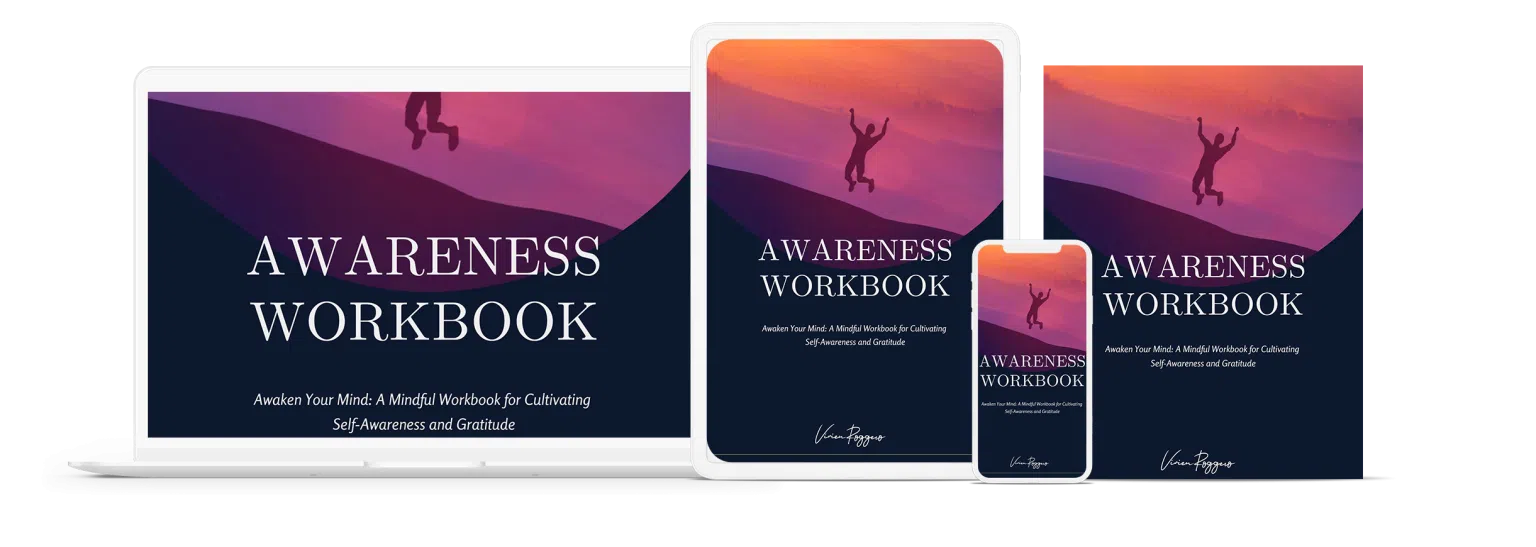
What Is Emotional Intelligence In Leadership And Why Is It Important?
Emotional intelligence in leadership offers a new perspective for leaders to gauge and track the productivity of their staff members – a model that fosters development, inventiveness, and ingenuity in leadership. The importance of emotional intelligence in leadership will be emphasized in this article to better your perception of it.













![2024 Awareness Wordbook by Vivien Roggero [Self-discovery tools]](http://vivienroggero.com/wp-content/uploads/2023/04/Book-Awarness-Full-pack.png)